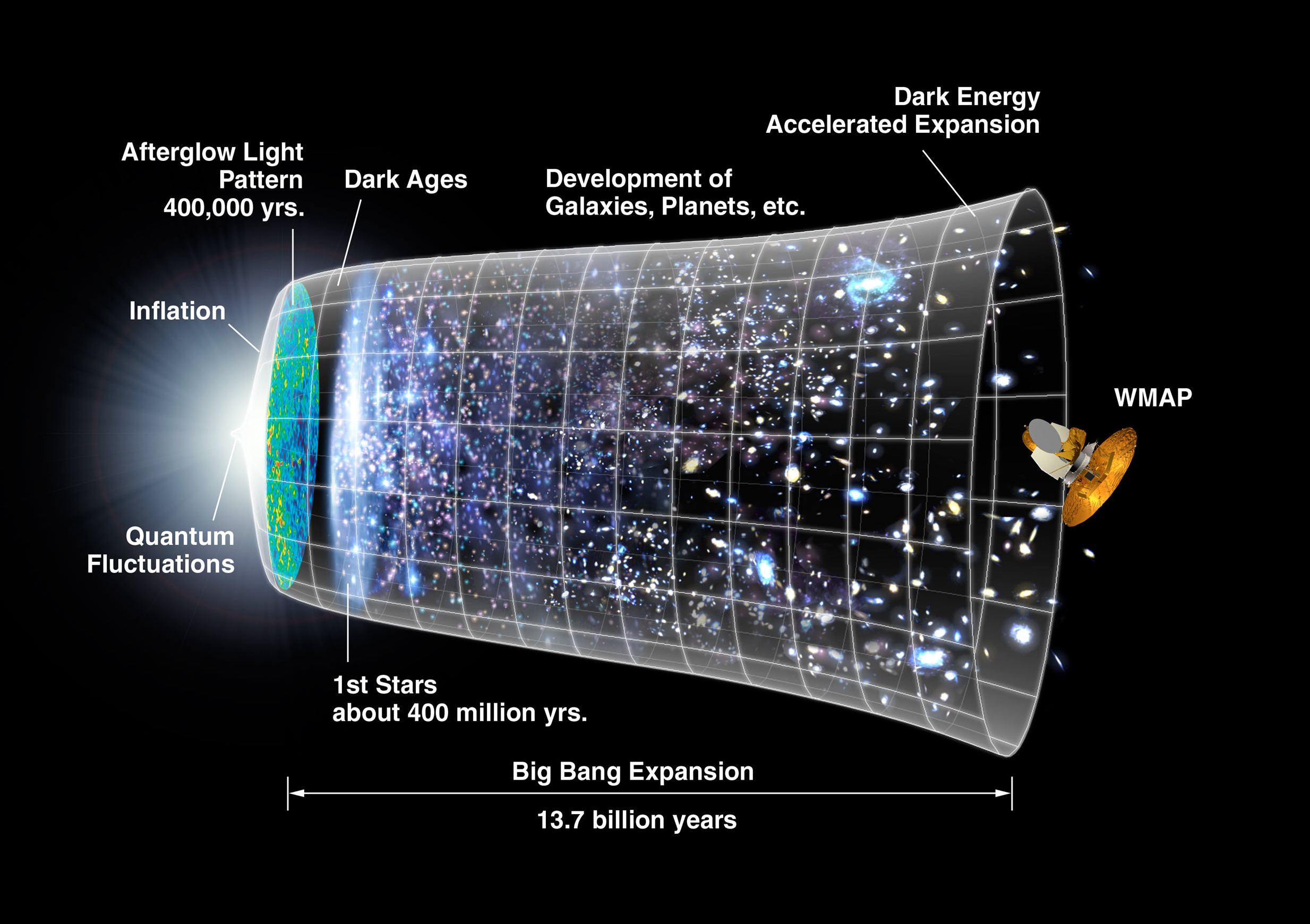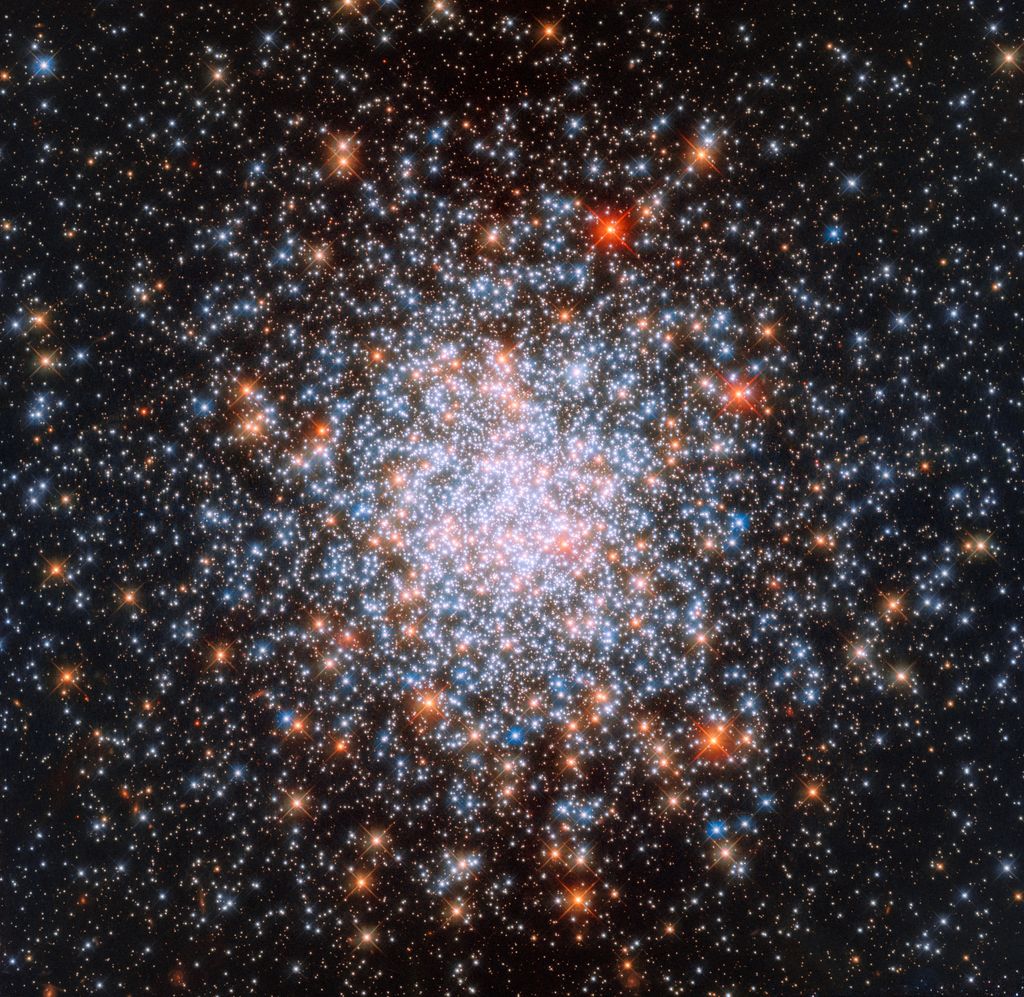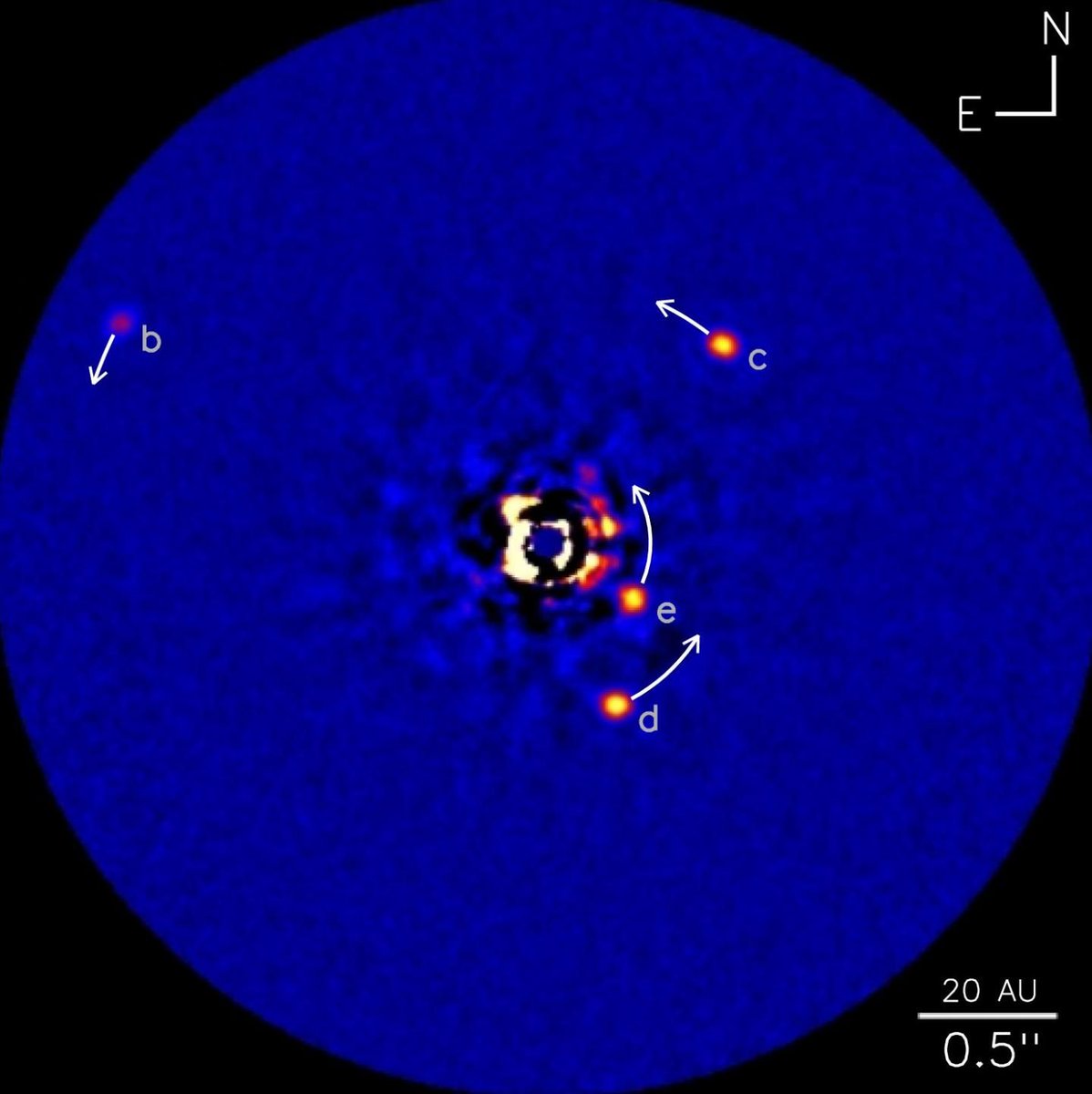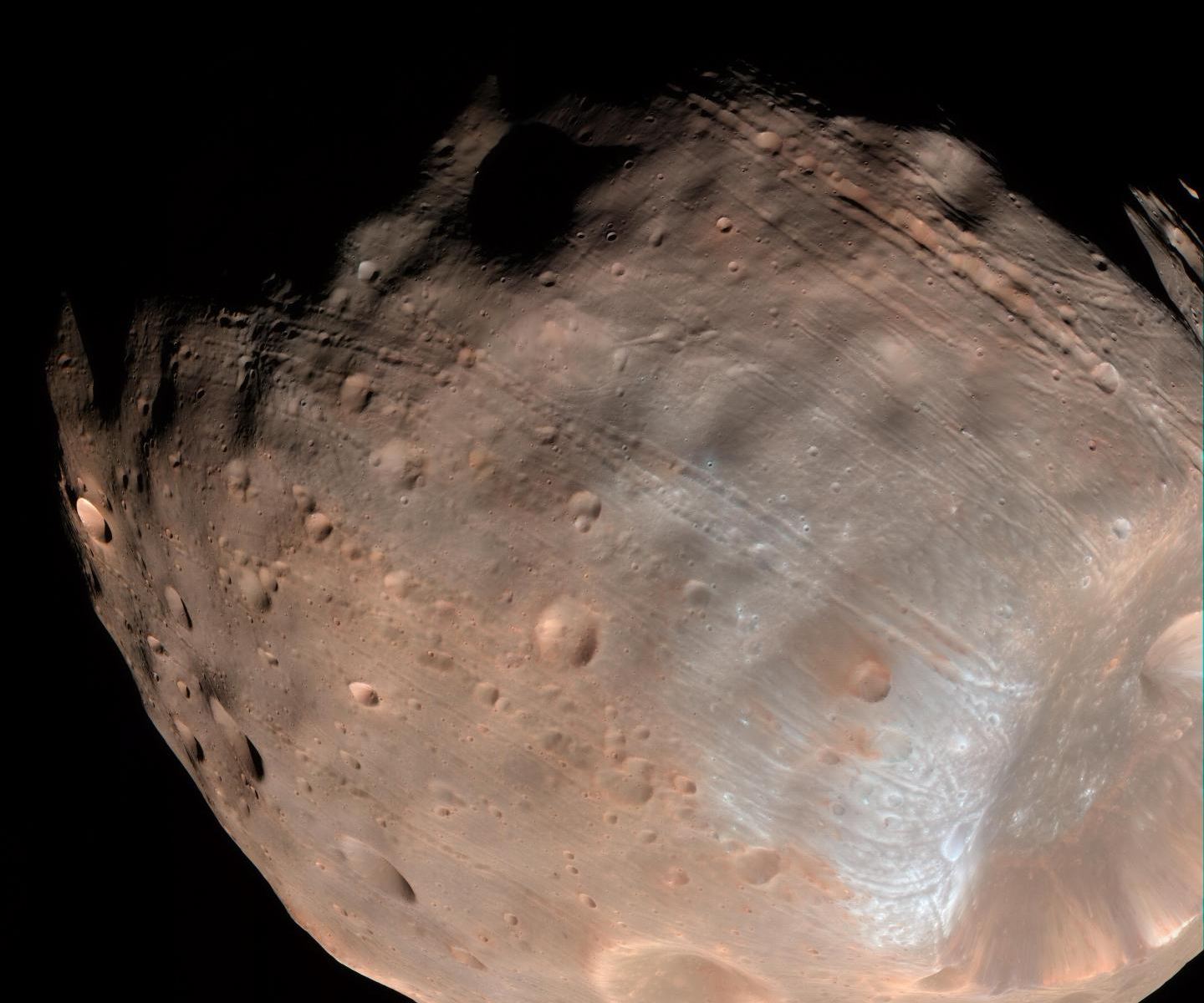Physicists have developed an atomic clock so accurate that it would be off by less than a single second in 14 billion years. That kind of accuracy and precision makes it more than just a timepiece. It’s a powerful scientific instrument that could measure gravitational waves, take the measure of the Earth’s gravitational shape, and maybe even detect dark matter.
How did they do it?










